Ramji further explores the history of visual effects, and its impact on the future of cinema as we know it
We saw how the special effects evolved from the very beginning of the movie history. The in-camera and other optical effects were used to create breathtaking visuals of those times. In this part, let us see some of the other techniques that evolved in this domain.
You will believe a man can fly
Let us take another of my favorite film Superman (1978). This film was a big challenge to the special effects department to make convincing effects especially for the flying sequences. They used a combination of front projection, wires connected to a tower crane and combining miniatures with matte painting and so on.
Sify Technologies – Digital Services
One main challenge was to show Superman flying. They tried various techniques such as shooting up a toy superman model with a canon. They even tried flying a remote-controlled superman toy. But none of these techniques proved effective. So, they had to use wires to suspend Christopher Reeve (who played Superman) and shoot with front projection. Making the camera move around Reeve in premeditated movements and replacing the backgrounds, they achieved the flying effect.
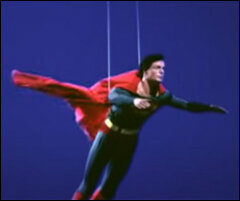
Special effects supervisor Colin Chilvers and his team invented a new method for this film. They synchronized the zoom lens of the camera with that of the projector used for front projection. Superman was suspended in front of the screen and when you zoom in on him, the background also zoomed in.
This was amazingly effective for shots that made Superman fly towards or away from the camera. They also put-up tiny fans on Superman’s cape so that the fluttering appears natural when he flies.
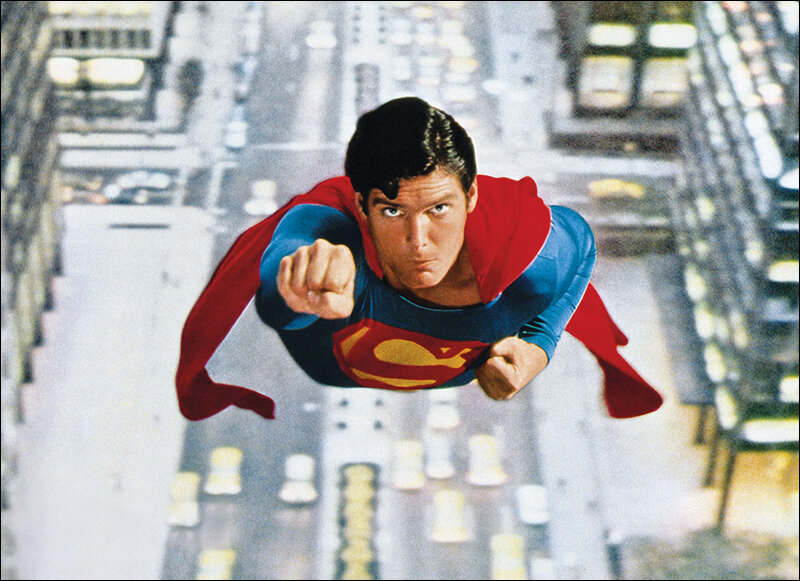
A New Hope
How can I miss the original Star Wars (1977) which gave a company called Industrial Light and Magic (ILM) that later went on to become a pioneer in visual effects? ILM was founded by George Lucas to help make the Star Wars series. Star Wars employed a wide range of techniques such as stop motion, miniatures shot against blue screens and computer-controlled cameras.
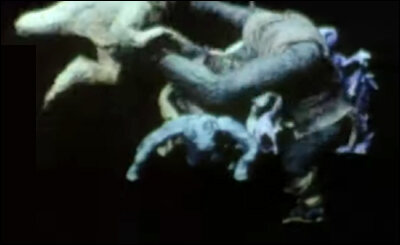
Stop motion is the technique where a character model is created around a movable joint system called an armature. By moving the armature, the character’s poses can be changed. Each position in the action is shot individually and when played together, you can see the character making specific actions/movements.
The spaceships in the movie were created as detailed miniature models and were shot against a blue screen which helps in adding a different background such as a starfield or a galaxy.

Tiny explosives were set up at several places on the miniature models to film the dogfight between two spaceships.
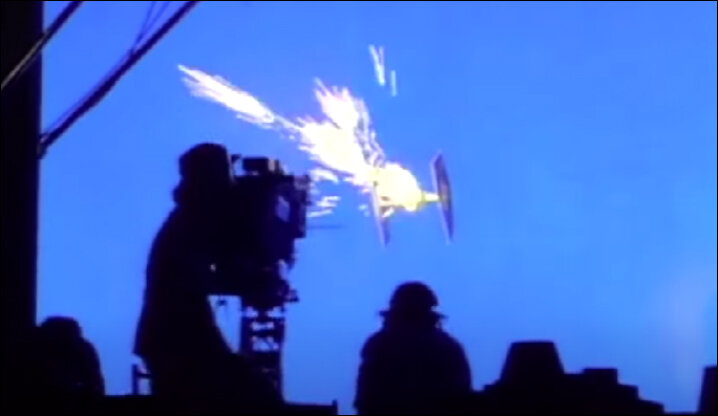
These models were shot using a computer-controlled camera designed especially for this purpose. The camera not only remembers its movement but can also replay it any number of times with the same precision. This helps in recording the actions of multiple miniature sets in the same frame.
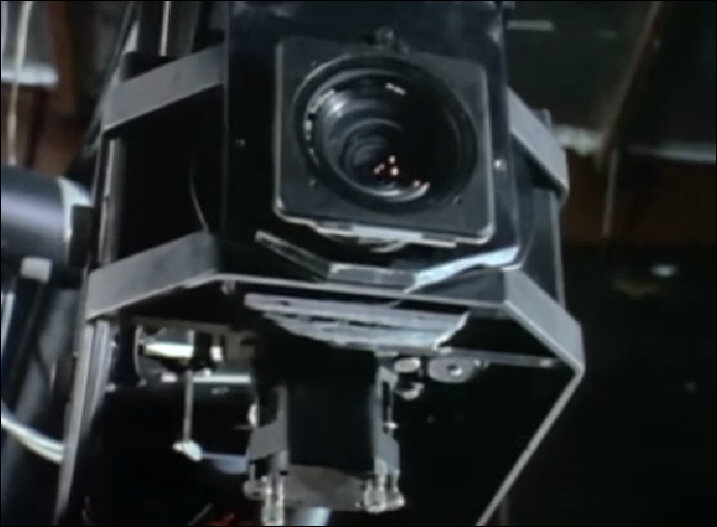
Another technique was to use slow motion photography while the spaceship explodes. This helped to make the exploding or falling parts appear to have weight. For another scene in the film, they used partly a physical set, and the rest of the set was drawn by an artist on a glass panel. This painting matched the perspective of the camera. Parts of the glass panel where it merges with the physical set were masked with black so that part of the film is not exposed. Later, the scene in the physical set is shot with the actor.

When merged with shot of the painting, the scene looked incredibly stunning. Just look at the finished effect of this shot.
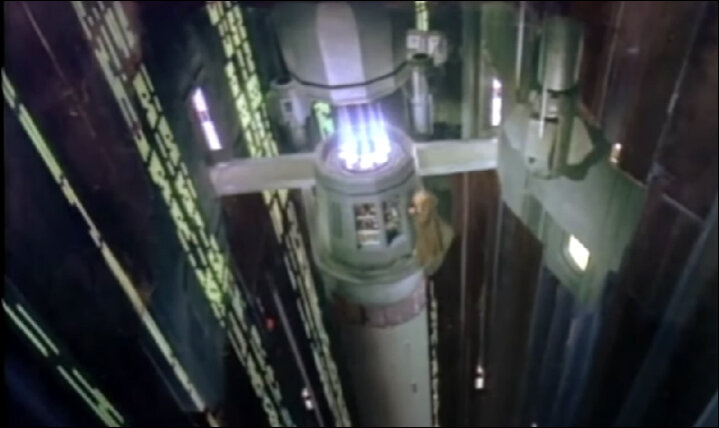
Another technique that was effective was animatronics, a portmanteau of animation and electronics. It involves puppets and mechatronics components that were controlled by technicians. This was an effective technique to bring different creatures to life. Several people would control the various parts of the animatronics model in a synchronous way so that it looks alive.
Deadly Jaws
One of the popular movies to use this was Jaws (1975). This film is a perfect example of how using special effects can enhance the impact of the film. They hired a documentary filmmaker to film underwater shots of the real great white sharks which were also used in the film. Apart from that, they had 3 animatronics models, one was open on the left side and the other was open on the right side so that puppeteers could operate the model.

The third one was a complete shark model. These models were mounted on a large dolly and a crane so that they can be made to perform actions like jumping from under the water.
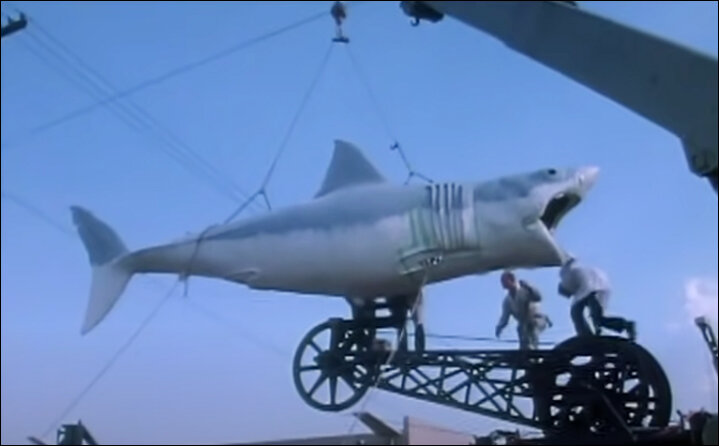
Jurassic Park (1993) used extensive animatronics models in several scenes. They made several models depending on a closeup or a long shot. These animatronic models gave the directors real control of their shots, and it also allowed the actors to react more easily. For Jurassic Park, animatronics expert Stan Winston created a 30-foot life-sized animatronics model of T-Rex that weighed 5 tons. These models were expertly animated during the filming making the actors react naturally and made the scene look convincing.
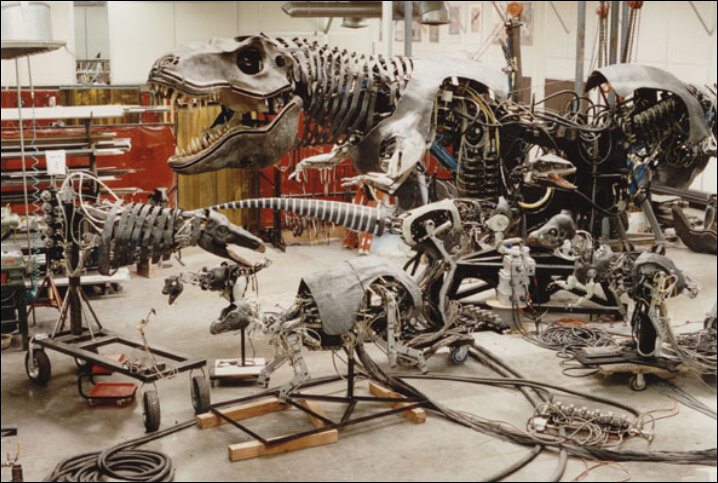
Steven Spielberg, director of Jurassic Park was skeptical of using CGI (Computer Generated Imagery) because the technology was nascent, and he was not convinced. However, animators at ILM (Industrial Light and Magic) created a sequence of T-Rex walking towards the camera and convinced the director to use CGI. Finally, Spielberg relented but agreed to use it only where practical effects were not possible.
Practical effects had one disadvantage, animatronics could not make a dinosaur walk or run. Though several other films used CGI earlier, it was Jurassic Park that made it extremely popular. This iconic scene below is an example of how CGI was brilliantly used.
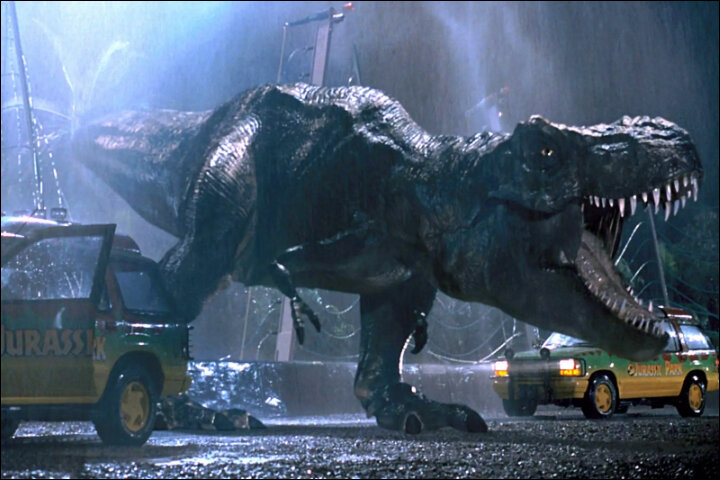
Another technique was using realistic looking dinosaur costumes on some actors and making them walk convincingly like dinosaurs. The famous kitchen scene in the film is where a few velociraptors enter the kitchen and chase Dr. Hammond’s grandchildren.
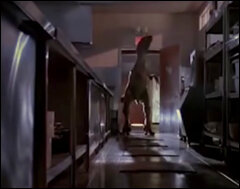
Another surprising statistic is that in the 2-hours long film, dinosaurs appear only for about 14 to 15 minutes of screen time and CGI dinosaurs appear for only about 5 to 6 minutes of screen time. The rest of the effects were achieved through sound effects and off-camera effects that enhanced the thrill of watching the film.
The animators added a lot of weight and gravity to the dinosaurs that made them look realistic. They even filmed an elephant walking and used it as a reference to study how the animal’s weight shifts over time as it walks. Amazing stuff indeed.
Hasta la vista, baby
The other film that was a hallmark for CGI was Terminator 2: Judgment Day (1991). It employed several techniques to make the scenes look convincing. Techniques ranging from reflective paints to cel animation to stop motion animation to full-fledged CGI all in one film.
The beginning sequence where T-800 and T-1000 land from the future was the simplest effect. They used a special reflective paint along the cut edges of the truck and fence and when light hits them it glows symbolizing hot glowing metal.
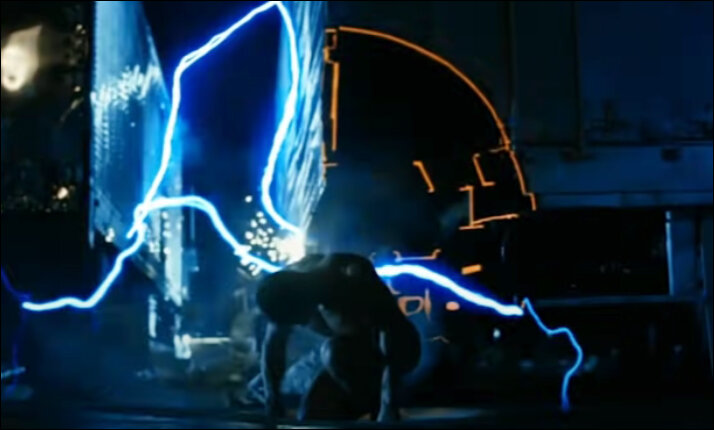
The sizzling electricity waves in the above scene were created using cel animation. Cel animation was used earlier in films like Star Wars or Ghostbusters or Who framed Roger Rabbit. This technique involves drawing and painting frame by frame movement of the characters or effects and filming them. This is then overlayed with the background plate to make the shot complete. Cel animation was also used in the opening sequence of the film where a futuristic war happens between humans and machines. They added a glow around the laser beam making it look convincing and real.
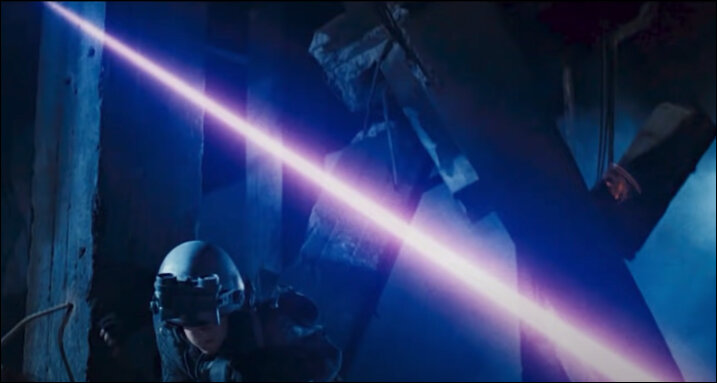
They also used stop motion animation for the robots walking. This technique comes handy to filmmakers when they must get in-camera effects done convincingly.
For the scene where the T-800 walks up to the S.W.A.T team, they start shooting at him including the face. For every bullet hit, a part of the skin chips off revealing the metallic skeleton underneath. This would have been an easier task with present day technology.
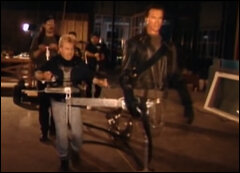
But back then, they used a life-sized puppet of Arnold Schwarzenegger which had these metal skeletons underneath. As the bullets hit the puppet, small explosives were set off chipping of parts of the skin.
Finally, the filmmakers used CGI for the T-1000 changing forms, passing through iron gates, or walking out of the huge fire.
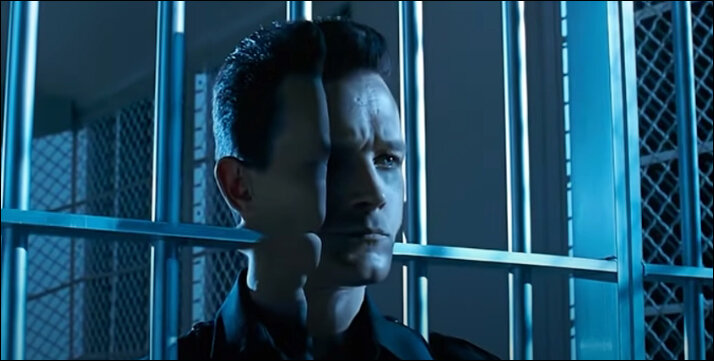
The lengths to which the filmmakers and the technical crew went to bring such amazing effects is mind blowing. There are so many other films and spectacular special effects that have happened during this era, and it is difficult to cover all of them in this series. In the next part, let us see how this field evolved further.
In case you missed:
- None Found

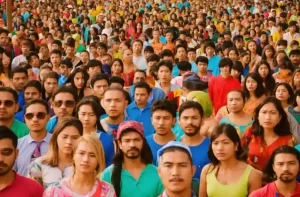


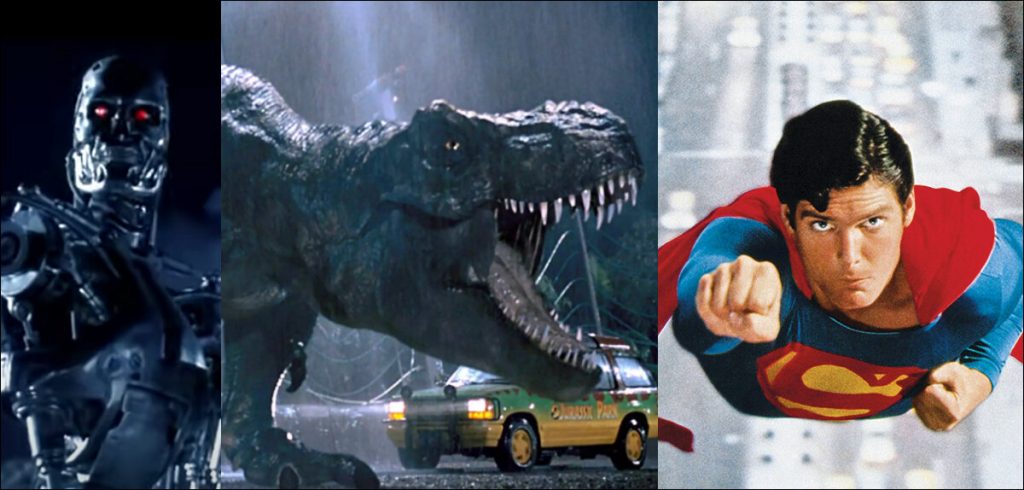
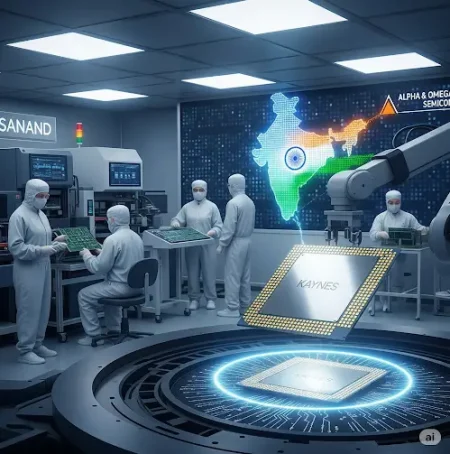
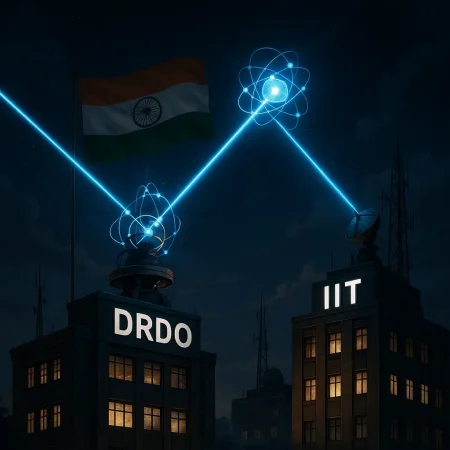




3 Comments
This article is very interesting and tell us a lot about how films used to be made back in the 1980s and helps us understand the reasoning and difficulties behind editing movies and using special effects.
Thanks Jack. Yes, it was a difficult task getting special effects in the films back then. The results were visible only after the film (negative) was processed. It required precise calculations and planning to get the required effects in-camera. Truly remarkable.
this article is interesting considering the editing used in movies